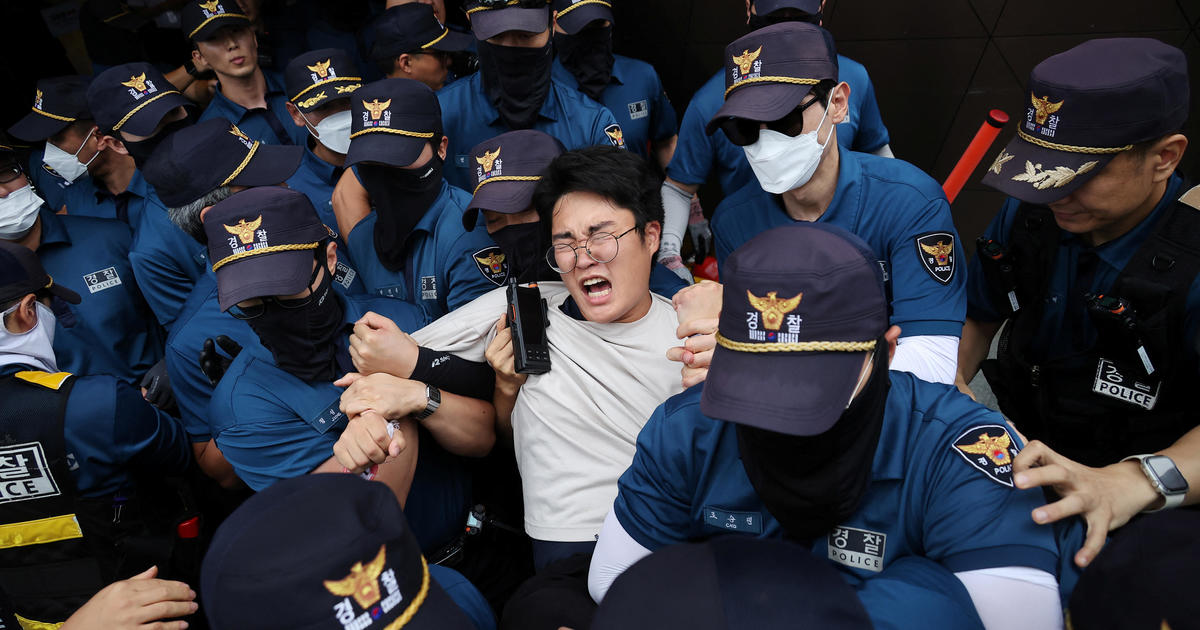Key takeaways:
- Tokyo Electric Power Co. (Tepco) began the gradual discharge of 1.3 million metric tons of wastewater from the destroyed Fukushima Daiichi nuclear power plant into the Pacific Ocean.
- The decision to release the wastewater has been met with opposition from domestic activists and loud objections from neighboring countries, including China.
- The release of the wastewater is expected to take two years to complete, and the Japanese government has promised to continue to monitor the situation and take steps to ensure the safety of the environment.
On Thursday, August 24th, Tokyo Electric Power Co. (Tepco) began the gradual discharge of 1.3 million metric tons of wastewater from the destroyed Fukushima Daiichi nuclear power plant into the Pacific Ocean. The release of the treated and diluted radioactive wastewater began around 1 p.m. local time (12 a.m. Thursday ET).
The decision to release the wastewater has been met with opposition from domestic activists and loud objections from neighboring countries, including China. In response to the release, China has announced a ban on all seafood from Japan.
The Fukushima Daiichi nuclear power plant was damaged by a massive earthquake and tsunami on March 11, 2011. The plant’s operator, Tokyo Electric Power Co. (Tepco), began releasing its first batch of treated radioactive water into the Pacific Ocean on Thursday.
The decision to release the wastewater has been met with criticism from both domestic and international sources. Japan has defended its decision, citing the need to reduce the amount of contaminated water stored at the plant. The Japanese government has also stated that the wastewater has been treated to meet safety standards.
The release of the wastewater is expected to take two years to complete. The Japanese government has promised to continue to monitor the situation and take steps to ensure the safety of the environment.



Be First to Comment